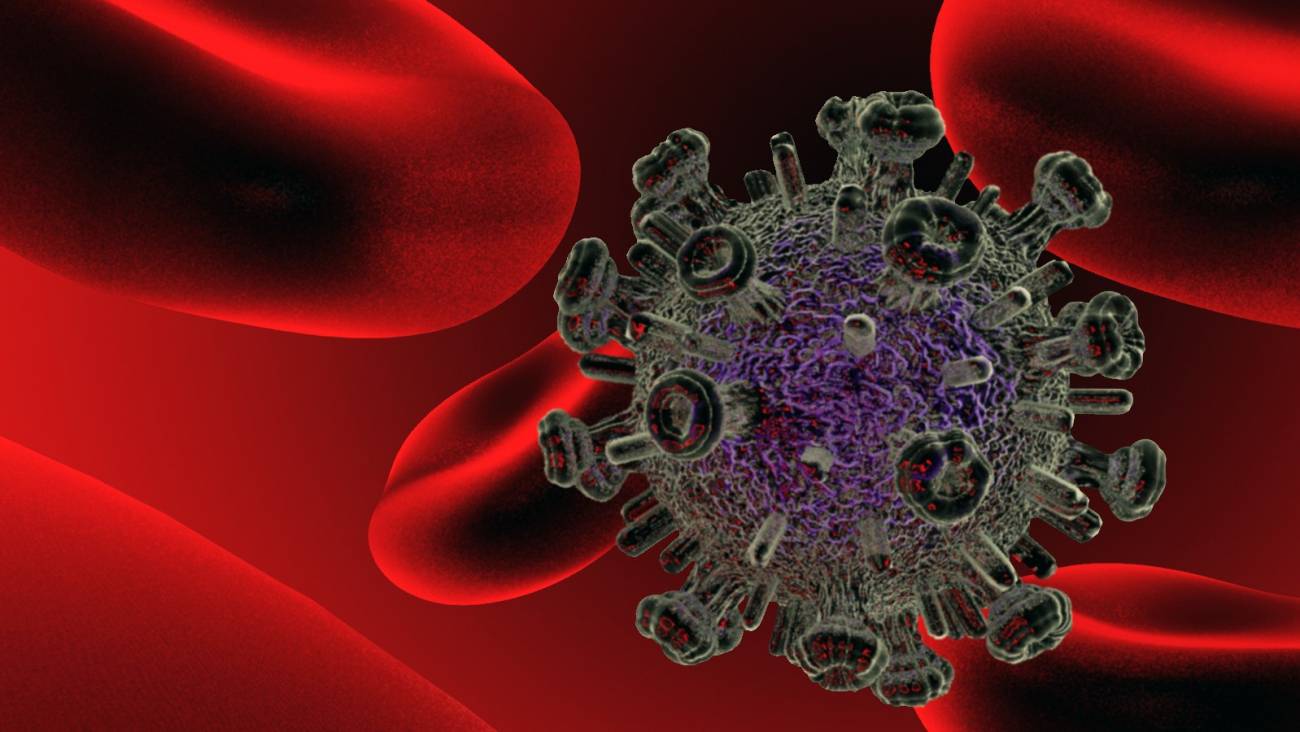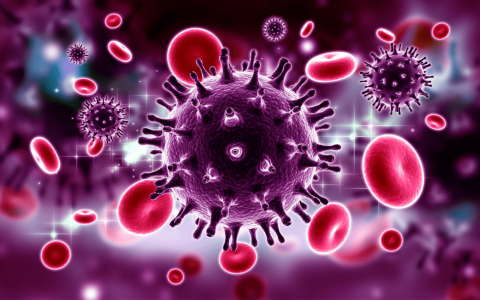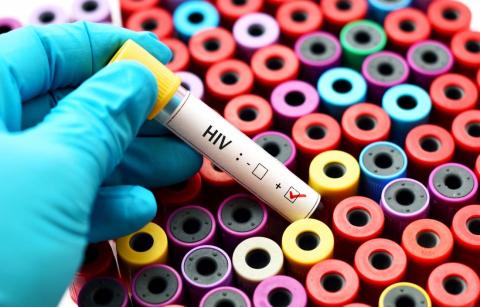Further progress towards an effective HIV vaccine through a sequential approach
The Science group is simultaneously publishing four papers (two in the journal Science, one in Science Immunology and one in Science Translational Medicine) that include advances in a sequential vaccination strategy for an effective HIV vaccine. The methods employed aim to obtain broad-spectrum neutralising antibodies and one of the proposals is already in clinical trials.

Blanco - Vacuna secuencial (EN)
Julià Blanco
Head of the Virology and Cellular Immunology group at the IrsiCaixa AIDS Research Institute
Given the difficulty of generating neutralising antibodies against HIV, the authors guide the immune system to generate a specific type of neutralising antibodies with different immunogens: first simpler (so that they can be better recognised) and then more complicated and closer to the original HIV envelope protein. The studies are technically excellent and analyse in depth the evolution of the sequentially generated antibodies.
This strategy is well known and has been used before. The HIV envelope protein has different regions that are recognised by neutralising antibodies. For one specific region (the CD4 binding site), this strategy has already been used and has even been studied in humans. Now we have a second region (the base of the V3 loop) that can also be used in a similar way. Combining the two strategies could generate a greater quantity and diversity of these neutralising antibodies (which would make a potential vaccine more effective).
The main limitation is that both studies have been conducted in animals and cannot be quantitatively translated to humans.
Studies also highlight the difficulty of generating an HIV vaccine. Sequential vaccination may be an excellent strategy, but it may require an excessive number of immunogens, which would make it difficult to turn this strategy into a product that reaches the population most in need. Much work remains to be done.
Mallolas - Vacuna secuencial (EN)
Josep Mallolas
Head of the HIV-AIDS unit, Hospital Clínic-Barcelona
The articles are of very good quality.
All attempts to develop preventive HIV vaccines have failed for decades. These studies provide evidence of new and different strategies to develop broadly neutralising antibodies against HIV. All these studies point to the possibility that they may be an option that could be effective in preventing HIV infection. All these studies represent an exciting proof of concept that needs to be further investigated.
Of course, there are still limitations. Although the idea is promising, there are no clinical studies to support it. Only one of them has an ongoing phase I clinical trial. The full clinical development to provide safety and efficacy data is therefore lacking.
Esteban - Vacuna secuencial (EN)
Mariano Esteban
Virologist at the National Center for Biotechnology (CNB-CSIC)
The studies are of very high quality and important for the development of effective HIV vaccines.
The reason why we have not yet been able to develop an effective HIV vaccine is that we have not been able to induce immune responses with the production of neutralising antibodies (bNabs) with a broad spectrum of action against the different HIV variants with the different forms of vaccines tested. Different research groups have been testing modified forms of HIV envelope protein (Env) administration in animal models to achieve the production of such bNabs antibodies. What the articles published in Science demonstrate are important advances towards achieving such a diversity of neutralising antibodies by designing Env antigens with selective mutations and vaccination protocols that aim to produce B lymphocytes that have matured in the germinal centres and have the capacity to produce bNabs with a broad spectrum of action.
Limitations are imposed by pre-clinical testing in animal models, which, while necessary and important, does not accurately reflect what happens in humans. However, the data provided favour the use of such protocols in clinical trials, which are already underway. As in any scientific process, we should not extrapolate from the results to the development of an HIV vaccine, but we should stress the importance of the recent publications as a more direct step towards finding the most rational and effective type of Nabs antibodies.
Clinical results will tell us how far we have come with this type of vaccine approach of progressive immunisations. A glimmer of hope is opening towards understanding how best to attack HIV so many years after its identification as the causative agent of AIDS in 1983.
240516 Alcamí vacuna secuencial
Pepe Alcamí
IDIBAPS researcher and scientific director of the HIV Unit at Hospital Clínic de Barcelona
The development of a preventive vaccine against HIV infection is one of the great unfinished business in HIV research and, unfortunately, so far it is a story of failure.
The objective of any preventive vaccine is to induce the production of neutralizing antibodies by the immune system and usually the antigen used must include or consist of the envelope or surface proteins of the virus. It is these proteins that interact with the cell entry receptors, so their blocking by antibodies neutralizes the virus infection.
The difficulty in obtaining a vaccine is due to the structure of the HIV envelope, which makes it very inaccessible to the action of neutralizing antibodies: it is a folded envelope that hides the domains of interaction with the HIV receptors and also has a high degree of glycosylation on its surface that creates a 'glycan shield' that blocks the access of antibodies.
In the last decade, 'Achilles heels' have been identified in the virus, which are domains of the envelope that are accessible. However, these antibodies are very much in the minority because of a minority of antibodies that, in addition to being directed against these Achilles heels, must have a structure capable of crossing these barriers. This structure is an extension of one of its parts, the so-called HCDR3 domain, which only a minority of antibodies have. Moreover, those that are generated have a very low affinity and require a maturation process that takes months or years to generate potent neutralizing antibodies.
Based on these difficulties, we have learned two lessons: first, that an HIV vaccine relies on highly selective envelope structures or domains that immunogenically expose the Achilles' heels of the virus. To guide us in this design, we need to rely on the structural and genetic characteristics of the antibodies we want to induce to design immunogens capable of activating the B lymphocyte (LB) precursors of those antibodies. The second lesson is that, to generate potent antibodies, we need sequential immunizations with slightly different prototypes to induce maturation of the antibodies initially produced by the germline B precursor.
In four papers published in the Science group, two of them this week, immunogens/vaccines are generated that are targeted to activate B lymphocytes capable of producing antibodies with these characteristics and that, in particular, are directed against two areas of the viral envelope, the CD4 binding domain and the V3 region.
In this week's two papers in Science, William Schief's group at the Scripps Institution generates a protein (N332-GT5) that specifically activates germline B lymphocytes in primates, precursors of neutralizing antibodies of the BG18 type (a potent neutralizing antibody). These antibodies, which are directed against the V3 domain of the viral envelope, have a long HCDR3, despite the low proportion of this type of structure. Meanwhile, the group of Andrew Ward, also from Scripps, and Facundo Batista from Harvard University, go a step further and, after immunization with the same prototype (N332-GT5) in a mouse model, make two memories with slightly different immunogens (mRNA or proteins) (B11 and B16) to accelerate the somatic mutation that makes the antibodies gain affinity, and observe it. They conclude that in this model it is possible that the memories are increasing LB proliferation or recruitment of LB memory to germinal centers.
Although in very restrictive preclinical models, these papers represent a proof of concept that it is possible, on the one hand, to selectively activate germline precursor LBs that induce broad-spectrum antibodies and, on the other hand, by a booster strategy with slightly different proteins or mRNAs, to accelerate somatic maturation of antibodies. Phase I trials in volunteers will confirm whether the data from animal models are extrapolable to humans, something that has not always been observed.
Steichen et al.
- Research article
- Peer reviewed
- Experimental study
- Animals
Xie et al.
- Research article
- Peer reviewed
- Experimental study
- Animals


